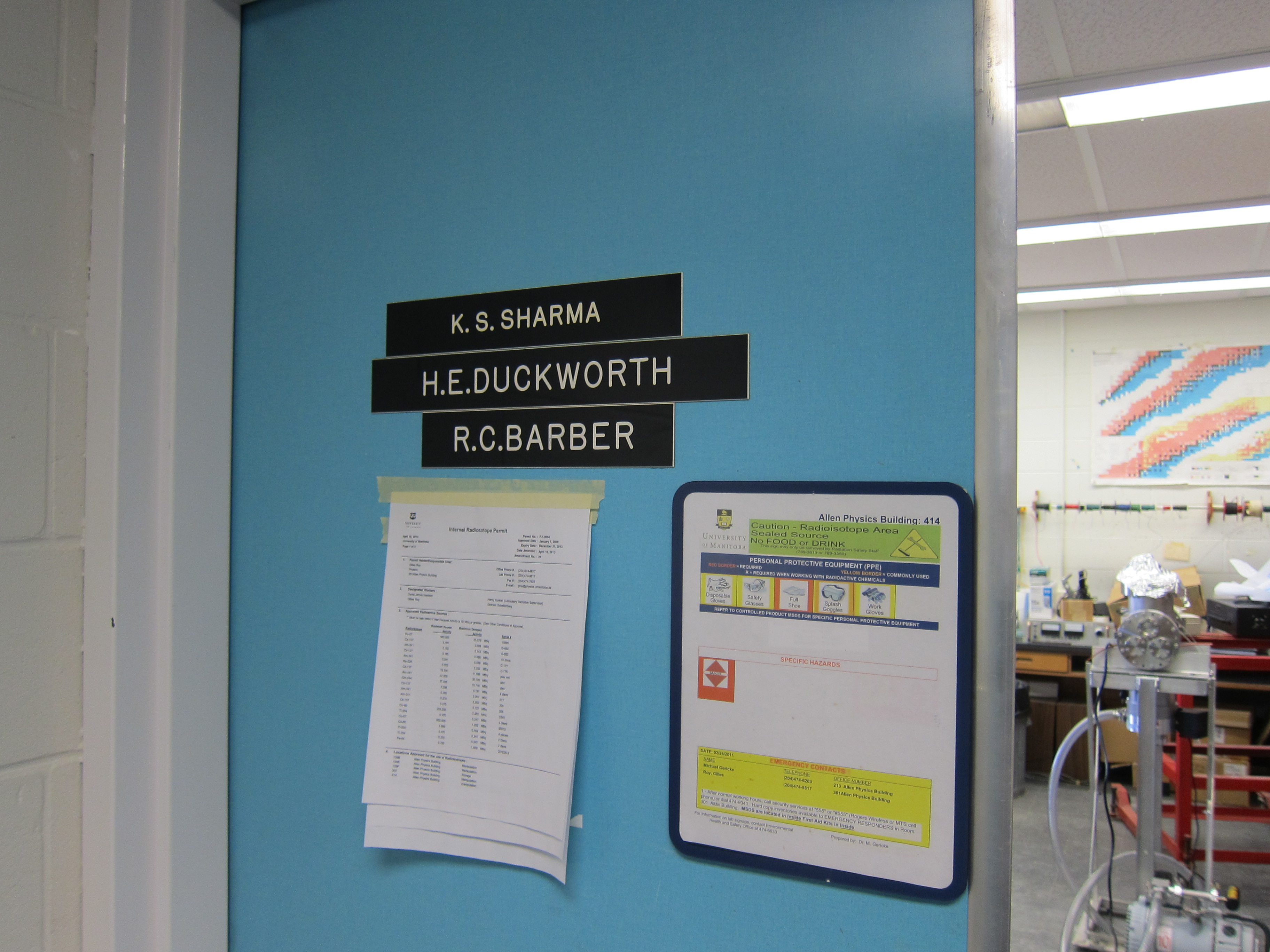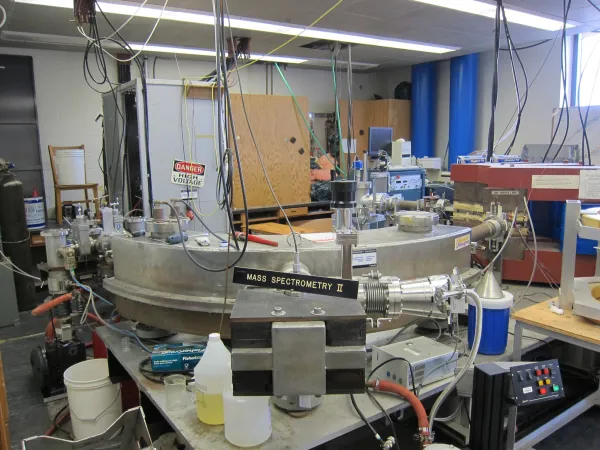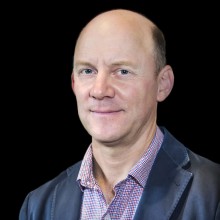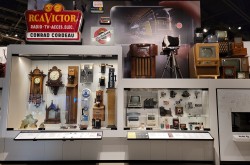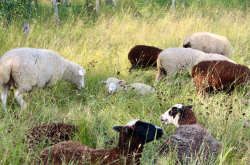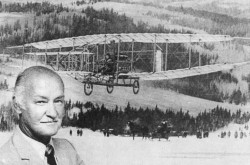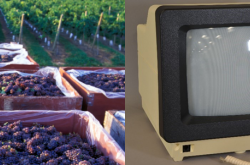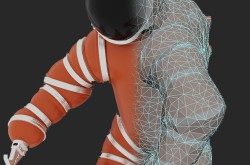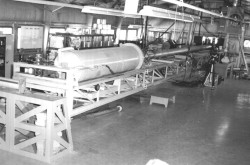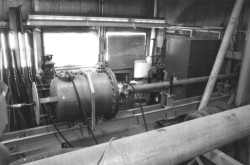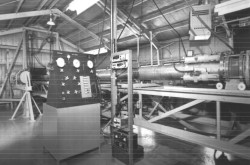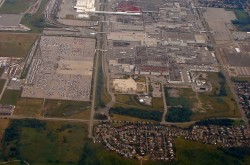Field Notes: Mass Spectrometry at the University of Manitoba
With the recent announcement that James Peebles had won the Nobel Prize in Physics, it is timely to revisit the history of the Physics Department at the University of Manitoba. In 2013, I visited the department to learn specifically about their program in mass spectrometry. On a broader level, my research and collecting touched on aspects of Peebles's rich undergraduate experience in the 1950s.
It has been over one hundred years since British scientists developed methods to deflect ions (charged particles) of different mass in order to study the constituents of materials. Scientists at U of M have since become masters of these effects, making significant contributions in two areas of mass spectrometry – the determination of fundamental mass units, and the analysis of large biological molecules. Researchers, engineers and instrument makers around the world use U of M findings and technologies in physics, chemistry, health sciences and industry.
Why Winnipeg? I found answers in some of the original instruments, and of course, the people who made, developed and used them.
The “Manitoba II” is a central instrument in Mass Spec studies at U of M. It is a room-sized, high-resolution mass spectrometer that has set international standards for determining atomic masses. Ions are deflected and detected after racing through a curved one-meter radius electromagnetic track. Physicist R.C. Barber designed the Manitoba II with many small, precision parts built in the departmental machine shop headed up by Bob Batten, a British-trained technician. It replaced the “Manitoba I” that came to U of M in the early 1960s from McMaster University with H.E. Duckworth.
The room and instrument document over forty years of toil and triumph – there are shelves of log books, abandoned parts, tools, signs, layers of black board sessions, trade literature, texts and aged off-prints. The instrument shows countless modifications, inscriptions, warnings, heat streaks, and tape – lots of tape. “It really is built from scratch,” says Physics Chair, Kumar Sharma who was a student of Barber’s in the early 1970s when the instrument was built. The Manitoba team constructed the parts for the electrostatic analyser (ESA) in collaboration with Canadian Westinghouse in Hamilton. The stainless steel for the case was cut and bent there with the actual welding done by a workshop in King Township, Ontario.
Sharma remembers the Manitoba II being covered in black welding soot when it first arrived in the lab. They had to electro polish it to prevent unwanted contaminants from entering the high-vacuum chamber. “It was the best vacuum I had ever worked with,” recalls Sharma, “made possible by the homemade metal to metal seals.” The vacuum chamber had to be machined, annealed with some surfaces ground flat.
Many careers such as Sharma’s have been built (and shaped) around this instrument. Barber had trained under H.E Duckworth, who had trained in Chicago under A.J, Dempster (of Toronto bakery fame). Sharma is now working on the next generation of MS instrument at the Canadian Penning Trap at Argonne National Laboratory outside Chicago.
In the late 1970s ion deflection turned into straight flight when Ken Standing and his post doc, Brian Chait, developed a way to analyse big organic molecules using Time of Flight (TOF) mass spectrometry. TOF had been invented earlier, but Standing and Chait developed a method for accurately timing the flight of the big molecules produced by ion bombardment. Werner Ens joined Standing as a PhD student just as this instrument began to work, and with contributions from many others, there followed a succession of advances that lead to major patents and spin-offs in industry. Their work is now a fundamental part of the emerging field of proteomics, the study of protein quantity and structure in life forms. Ens joined the faculty in 1987, and in 2010, Standing and Ens won the Manning Innovation award for their achievements.
Standing attributes his success to good students. “I tend to leave my students alone,” he says. In fact, Ens recalls that his first job was to re-build a filament (for a surface ionization ion source) from scratch. On one of his first days in the lab he burned out a filament that Chait had spent weeks preparing and testing. “I was about as green as a graduate student could be,” he recalls. Standing came by this pedagogical approach honestly; In the early 1950s his supervisor, Princeton physicist Rubby Sherr went on leave and left him alone in one of the best nuclear labs in the world. “I was lucky to think of something to do, and I did it.”
The beauty of collecting physics is that the most abstract of variables such as time and space become concrete, local and sensory. In the TOF labs, I surveyed a vast landscape of electronic equipment that transformed molecular flight times into accessible digitized data. In the early 1980s Ens had spent much energy building software to interface with time-to-digital converters – a pivotal part of their innovations in precision timing.
Precise vacuum production is basic to the TOF enterprise. When visiting the laboratory, one experiences a constant drone of vacuum pumps for precisely managing experimental vacuum conditions. Ken Standing took me into a backroom of their laboratory to see the original TOF 1979 instrument. I could barely hear (record) him through the clamour of vacuum pumps, each connected to different machines in the lab.
Many factors contributed to the development of Mass Spec at the U of M – post-WWII research in several areas at the department ( e.g. nuclear) drew top faculty and students (local and international); there were good instrument makers – “at one time, you heard many British accents in the machine shops,” Standing recalled; there were connections to the Chicago physics scene through Duckworth and Dempster; there were pivotal Russian (Soviet) influences brought in by Standing as a result of a fortuitous tour he made in preparation for a possible conference; and there was an entrepreneurial leaning that opened the door to successful commercial collaborations (AB SCIEX)
And, there were local questions deriving from agriculture. In the mid 1970s Standing and Chait used the new U of M cyclotron to analyse protein levels in kernels of grain. “They were looking for new applications for the cyclotron,” Ens said. “That’s what gave them the connection to the biological world, and they began to see that maybe mass spectrometry was a better way to look for those proteins.”
References:
Connor, R. D. and University of Manitoba. Dept. of Physics and Astronomy. (2004). The expanding world of physics at Manitoba: a hundred years of progress: Department of Physics and Astronomy, University of Manitoba. Winnipeg, Dept. of Physics and Astronomy, University of Manitoba.
Hughes, Jeff. “Making Isotopes Matter: Francis Aston and the Mass-Spectrograph,” Dynamis: Acta Hispanica ad Medicinae Scientiatumque Historiam Illustrandam 29, (2009), 131–166
Nier, Keith A. “A History of the Mass Spectrometer,” Instruments of Science: An Historical Encyclopedia. Robert Bud and Deborah Jean Warner, editors. 1998. New York & London: The Science Museum, London, and The National Museum of American History, Smithsonian Institution, in association with Garland Publishing, Inc. Pages 552-56.
Sharma, K. S. (2013). “Mass spectrometry—The early years.” International Journal of Mass Spectrometry 349–350(0): 3-8.
